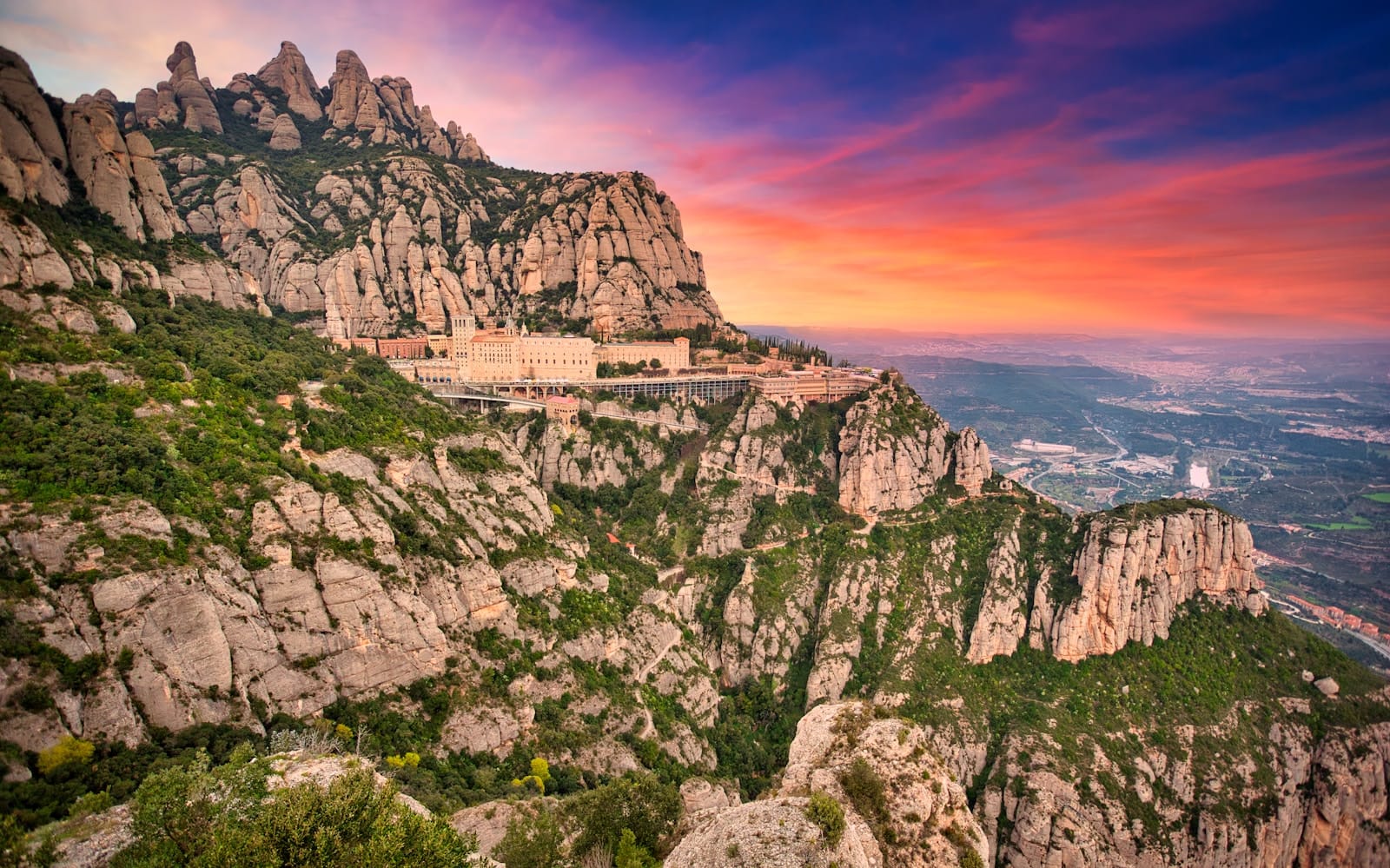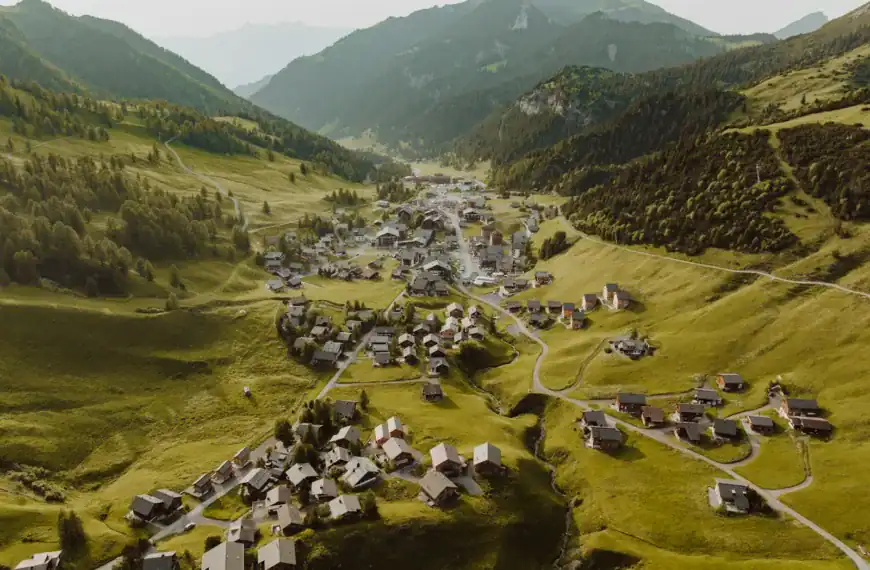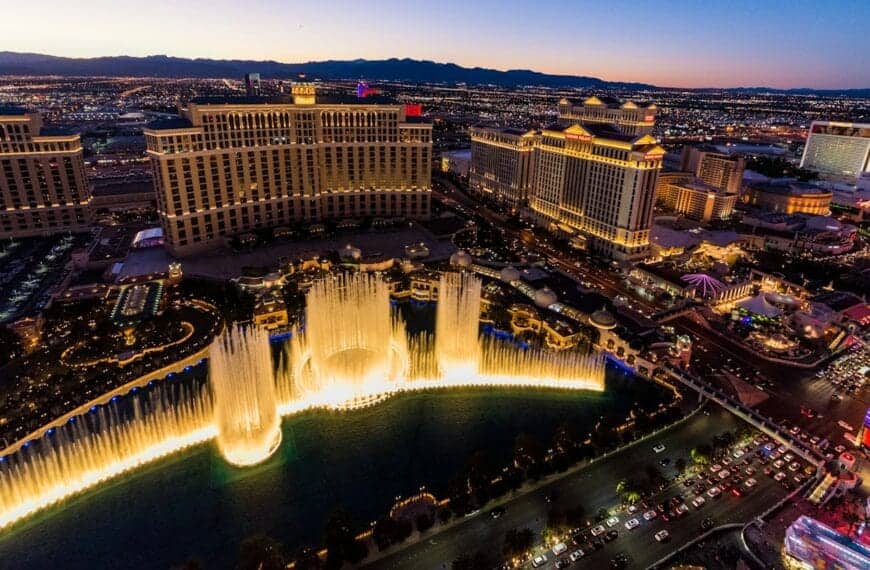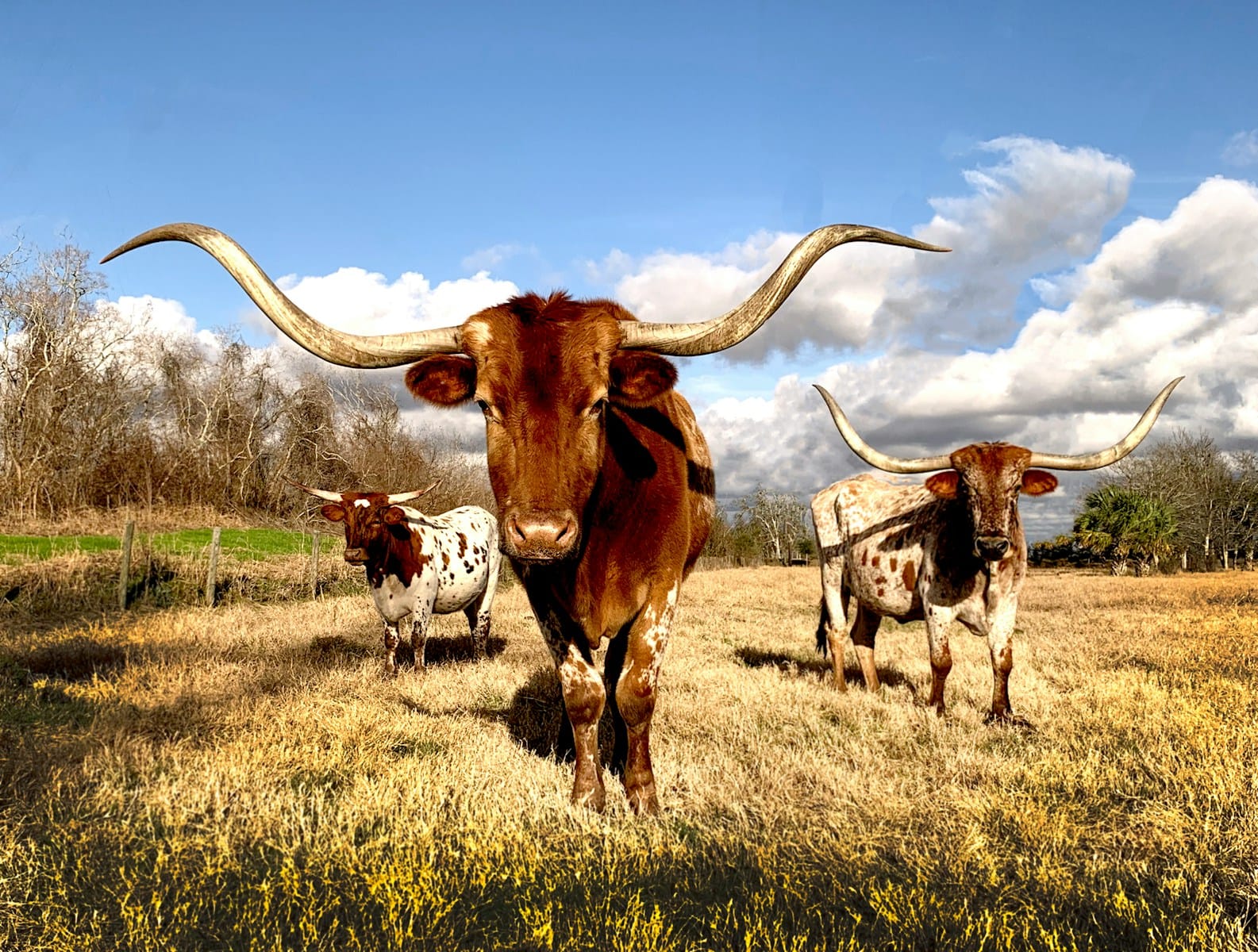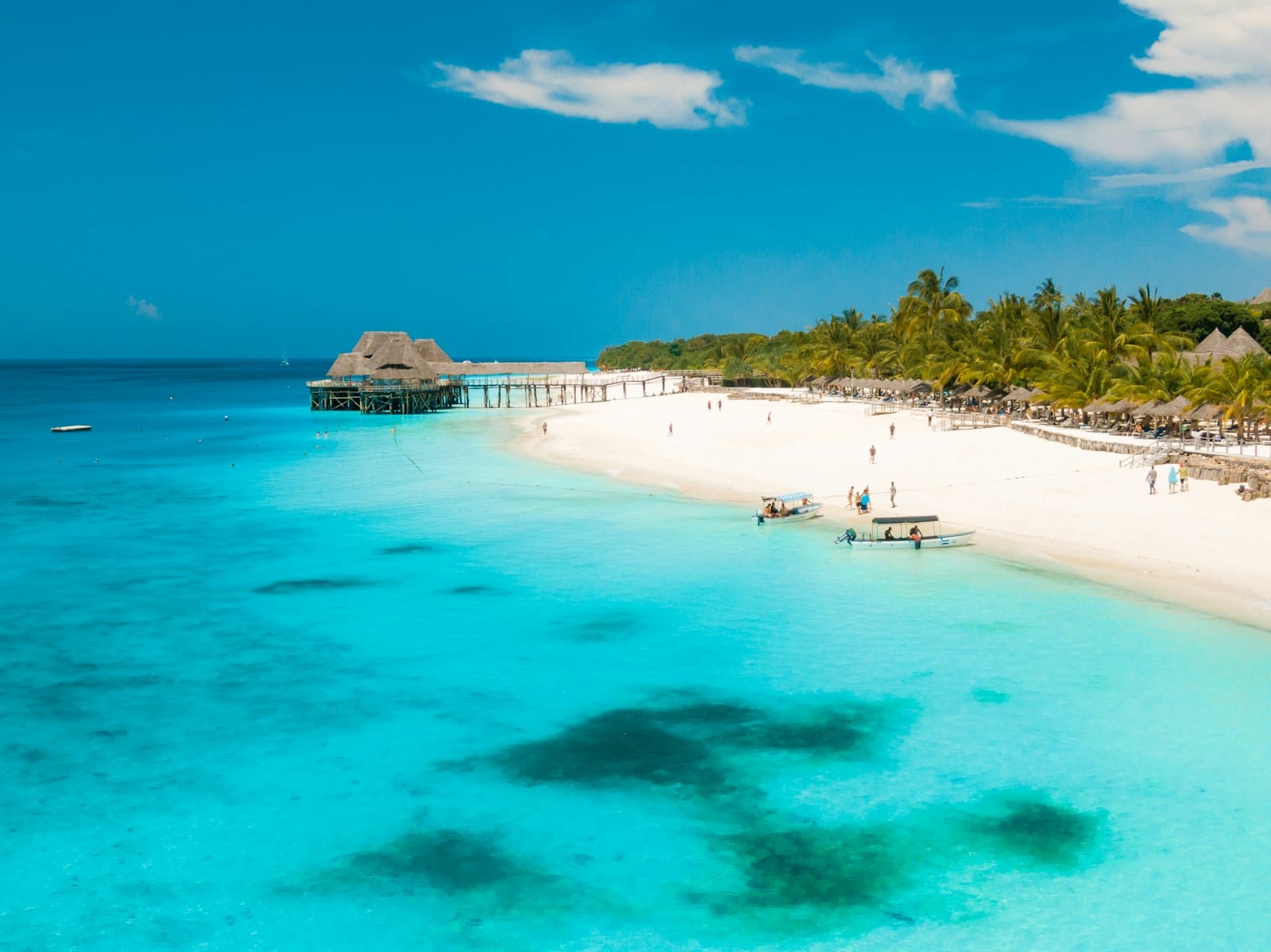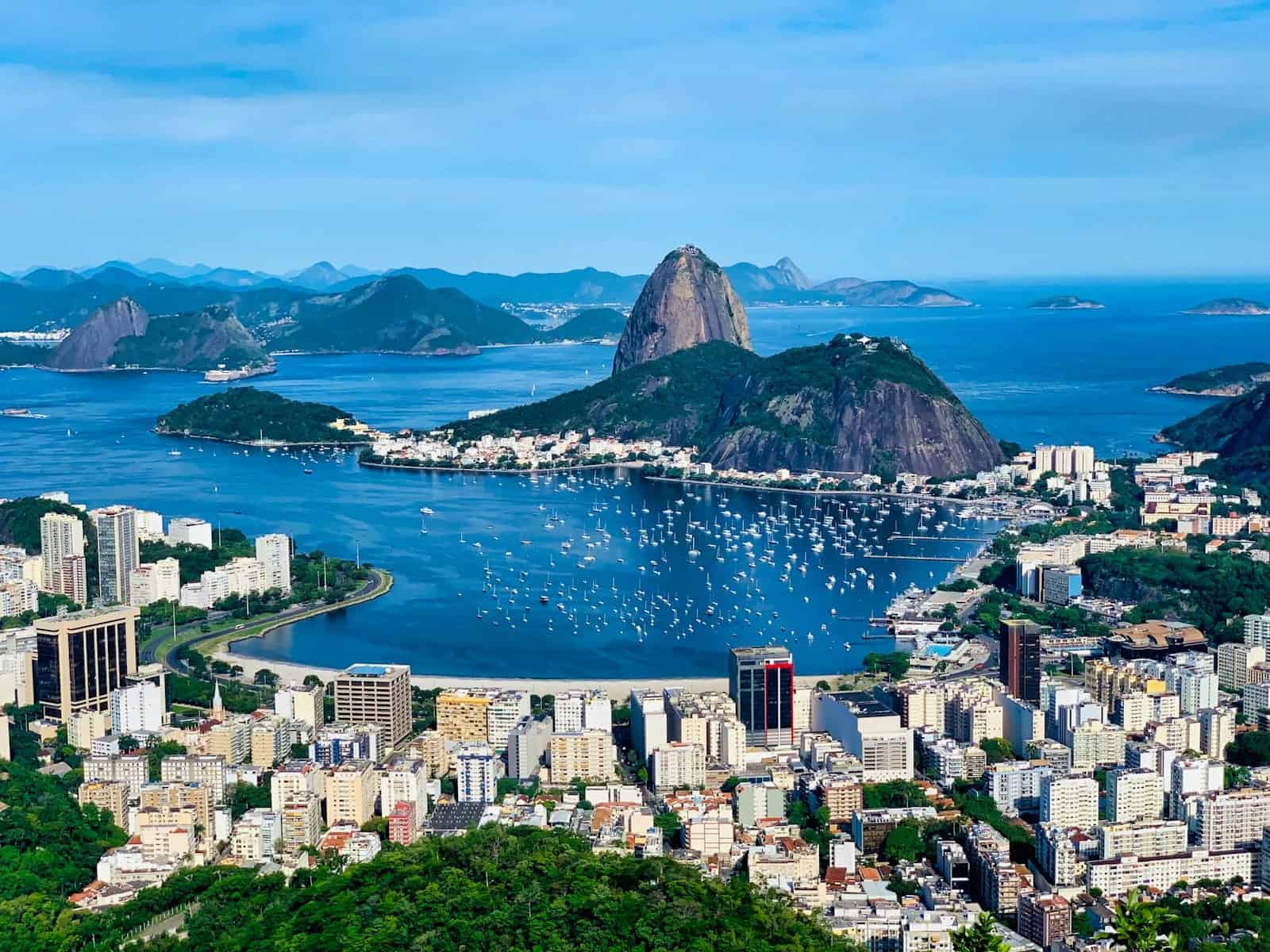Montserrat Travel Guide – Monastery, Hiking & Scenic Views
Intro to Montserrat Travel Guide
Feel the cool mountain breeze brush your face as you step onto the platform of Montserrat’s cable car, watching jagged peaks slice into the sky. The air smells of pine and stone, and far above, a monastery clings to cliffs like a spiritual sentinel. Welcome to Montserrat — where faith, geology, and Catalan heritage meet.
This guide reveals the must-see attractions, cultural highlights, and timeless experiences that define Montserrat, Spain.
Nearby Destinations to Explore from Montserrat
Barcelona | Girona | Igualada | Lleida | Manresa | Reus | Sabadell | Sitges | Tarragona | Terrassa | Vic
💡Quick Facts:
Destination: Montserrat
Continent: Europe
Country: Spain
Region: Catalonia
Nearest City: Barcelona (48 km / ~30 miles)
Area: ~25 mi² (65 km²)
Population: Uninhabited mountain range; monastery community ~70 monks
Capital: N/A (religious and cultural site, not an administrative unit)
Official Languages: Catalan, Spanish
Currency: Euro (EUR, €)
Time Zone: Central European Time (CET), UTC +1; Daylight Saving Time observed
Climate: Mediterranean with hot summers, mild winters, and cooler mountain microclimates
Known For: Montserrat Monastery, Black Madonna (La Moreneta), serrated mountain peaks, hiking trails, funiculars, panoramic views, Catholic pilgrimage site
🛂Arrival Info:
Entry Requirements: Spain follows Schengen rules. EU/EEA/Swiss citizens need only ID; non-EU travelers may require a Schengen visa.
Visa Information: Spanish Ministry of Foreign Affairs
Nearest Airport: Barcelona–El Prat (BCN), ~1 hour from Montserrat by train and cable car or rack railway.
Access Points: Train (FGC from Plaça Espanya), cable car (Aeri de Montserrat), rack railway (Cremallera de Montserrat), or driving via A-2 motorway.
Required Documents: Passport valid at least 3 months beyond stay; proof of onward travel may be required for non-EU nationals.
🏥Health Info:
Vaccines: No mandatory vaccines; routine EU travel vaccinations recommended.
Healthcare Access: Hospitals and clinics available in Barcelona; nearest regional hospital is Hospital de Martorell (~20 km away).
Emergency Care: First-aid posts available near monastery and visitor center.
Health Risks: Steep trails pose risk of falls; heatstroke possible in summer months. Proper footwear, hydration, and sun protection are advised.
🚑 Check travel insurance options for travel emergencies, delays, and medical needs abroad — Get coverage here
💉 Stay Informed with Official Updates: WHO – International Travel & Health | CDC – Travel health updates
🚨Travel Advisory:
Safety Level: Spain is safe; Montserrat is considered a very low-risk destination.
Crime Risks: Pickpocketing possible on trains from Barcelona; rare at the site itself.
Natural Risks: Fog, rain, and high summer heat can make trails hazardous.
Religious Site Rules: Modest attire required in monastery; silence and respect expected inside basilica.
🌍Track Real-Time Official Updates: US Travel Advisory | UK Foreign Travel Advice | Government of Canada | NZ SafeTravel
🥳Holidays:
New Year’s Day: January 1
Epiphany: January 6
Feast of Our Lady of Montserrat: April 27 (local religious holiday)
Labor Day: May 1
Assumption of Mary: August 15
National Day of Spain: October 12
Christmas Day: December 25
💰Visitor Info:
Currency: Euro (EUR, €)
Payments: Credit/debit cards accepted; cash recommended for donations and small purchases.
Average Costs: Train + cable car roundtrip from Barcelona ~€25; guided day tours €40–70; monastery entry free with donation encouraged.
Tipping Customs: Not mandatory; rounding up small bills in restaurants or taxis is common.
Tourist Taxes: Barcelona accommodation tax applies if staying overnight in the city; no tax directly at Montserrat.
🛫Airports:
Barcelona–El Prat Airport (BCN): Nearest major international airport; 48 km from Montserrat.
Girona–Costa Brava Airport (GRO): Secondary airport, ~2 hours from Montserrat, mostly seasonal European flights.
🧳 Delayed or canceled flight? Check if you’re eligible for compensation
🚍Transport:
Train: FGC trains from Barcelona Plaça Espanya to Montserrat-Aeri (cable car) and Monistrol (rack railway).
Cable Car (Aeri de Montserrat): 5-minute ascent with panoramic views.
Rack Railway (Cremallera): 15-minute scenic ride from Monistrol to monastery.
Driving: Access via A-2 motorway; parking at Monistrol or rack railway stations.
Tour Buses: Regular organized day trips from Barcelona with roundtrip transport included.
🚗 Book reliable airport transfers and in-city rides in advance. Reserve your ride here
🛰️Connectivity:
Mobile Coverage: Reliable around monastery and visitor areas; weak on remote trails.
Wi-Fi Access: Available at visitor centers, hotels, and restaurants near monastery.
Local Carriers: Movistar, Vodafone, Orange, Yoigo.
eSIM/SIM: Widely available in Barcelona and at the airport.
🛜 Stay connected abroad with affordable eSIM data packs. Get your eSIM here
📜Laws & Etiquette:
Dress Code: Modest clothing required in monastery and chapels; sleeveless tops discouraged.
Photography: Allowed outdoors; restricted inside basilica during services.
Cultural Etiquette: Silence expected during religious services; respect monks and pilgrims.
Smoking/Alcohol: Smoking prohibited in monastery; alcohol only in restaurants.
👮Emergency Info:
Emergency Number: 112 (EU-wide)
Local Police (Mossos d’Esquadra): +34 932 903 000
Nearest Hospital: Hospital de Martorell (~20 km from Montserrat)
Tourist Information Center: Located at Montserrat Monastery and Barcelona Plaça Espanya station
🏛️ Use embassy locator tools: Embassies Worldwide
🌞Weather:
Climate: Mediterranean with mountain influence.
Best Season: April–June and September–October for mild weather and fewer crowds.
Summer Conditions: July–August highs 85–95°F (29–35°C), strong sun; hydration essential.
Winter Conditions: December–February highs 50–60°F (10–16°C), frequent fog.
Rainfall: Peaks in autumn and spring; trails can be slippery after rain.
Daylight: Long daylight in summer (up to 15 hours); shorter days in winter.
🌦️ Stay prepared—check the weather forecast for your destination — Weather Forecast
Why Visit These Montserrat Attractions?
Montserrat isn’t just a religious retreat — it’s one of Spain’s most extraordinary destinations. This mountain sanctuary about 50 km northwest of Barcelona weaves together sacred pilgrimage, world-class hiking, panoramic vistas, and regional pride.
Its 11th-century Benedictine monastery is home to La Moreneta, the beloved Black Madonna, and hosts the celestial voices of the Escolania Boys’ Choir. But beyond the basilica lies a protected natural park of peculiar stone spires, remote hermitages, and cliffside trails.
Whether you’re coming for faith, photography, or fresh air, Montserrat offers something deeply enriching — and with a guided tour, you can bypass lines, access hidden areas, and learn from local experts.
Iconic Landmarks and Historic Sites
Santa Maria de Montserrat Monastery
Founded in 1025, the Montserrat Monastery remains an active Benedictine abbey perched on a dramatic mountain shelf. Its basilica is a stunning blend of Gothic and Renaissance architecture, home to sacred rituals and a national symbol of Catalan identity.
Visitor Tip: Entry to the monastery is free, but to visit the inner chapel with the Black Madonna, it’s best to arrive before 9:30 AM. Consider joining a tour to skip queues and access hidden chambers.
The Black Madonna (La Moreneta)
This mysterious wooden statue — darkened by age and incense — draws millions of pilgrims each year. Known as La Moreneta, she is one of Catalonia’s most venerated figures, believed to perform miracles.
Don’t Miss: Touch the Virgin’s orb, a ritual that symbolizes spiritual connection. Expect queues unless you visit early or reserve timed access.
Plaça de Santa Maria
The heart of the monastery complex, this open-air square is where architectural grandeur meets mountainous drama. Take in the towering abbey façades as bells chime through the valley.
Photography Tip: Golden hour casts magical light across the façade — a great time for scenic shots.
Santa Cova Chapel
According to legend, this is where shepherds discovered the Black Madonna. Set inside a cave, it’s accessible by the Santa Cova Funicular or a steep but rewarding hike lined with modernist sculptures by artists including Gaudí and Llimona.
Pro Tip: Bring walking shoes. The sculpture path alone is worth the effort for art and views.
Museums, Galleries & Cultural Spaces
Museu de Montserrat
Often overlooked by day trippers, the Montserrat Museum rivals top art collections in Spain. Inside, you’ll find paintings by Caravaggio, Dalí, Picasso, Monet, and modern Catalan masters, alongside ancient relics and sacred artifacts.
Exhibit Highlight: Caravaggio’s “Saint Jerome” is a must-see. Audio guides provide rich context and are included with admission.
Espai Audiovisual (“Inside Montserrat”)
This multimedia exhibit reveals the daily lives of monks behind the scenes. It’s a quick yet enlightening stop to understand how Benedictine rhythms still shape Montserrat’s soul.
Planning Tip: Entry is bundled with the museum combo ticket. Spend 15–20 minutes here before heading into the basilica.
Escolania de Montserrat Choir School
Dating back to the 13th century, this choir school nurtures young boys in music and faith. They perform sacred hymns daily inside the basilica — a highlight for many visitors.
When to Hear Them: Most days at 1 PM. Arrive early or book a tour that includes reserved seating.
Natural Attractions & Scenic Spots
Montserrat Natural Park
Declared a nature reserve in 1987, the surrounding mountains are a playground for hikers, climbers, and solitude seekers. Expect jagged spires, gorges, pine forests, and panoramic ridgelines.
Activities: Hiking, rock climbing, photography, birdwatching. Park maps are available at the tourist center.
Sant Jeroni Summit
At 1,236 meters, this is the highest peak in Montserrat — offering unmatched 360-degree views. The hike from the Sant Joan Funicular takes about 2 hours roundtrip and is moderately challenging.
Safety Tip: Start early in summer to avoid heat. Wear hiking shoes and bring water.
Sant Joan Funicular & Viewpoint
Rising sharply up the cliffside, this funicular connects the monastery to high-altitude trails and hermitages. At the top, enjoy sweeping views over the Llobregat Valley and Barcelona skyline.
Ticket Tip: Purchase round-trip access when buying your TransMontserrat card.
Cami dels Degotalls
Ideal for casual walkers, this peaceful forest path features poetic plaques, religious iconography, and shaded benches — perfect for contemplation.
Start Point: West of the main square. Trail is flat and suitable for most mobility levels.
Unique & Unexpected Places to Visit
Sant Dimes Hermitage Ruins
Tucked into a remote cliff ledge, these monastic ruins offer haunting solitude and exceptional views. A hidden gem for adventurous hikers or those seeking spiritual silence.
Getting There: A side trail off the Sant Jeroni path. Best accessed with a hiking guide.
Market Stalls of Local Artisans
In front of the monastery, local vendors sell cheeses, honey, herbal liqueurs, and fig cakes. These products are made by Catalan farmers and often infused with monastery herbs.
Best Buy: A bottle of Ratafia, a traditional Catalan herbal liqueur.
Botanical Pathway & Monk’s Garden
Hidden behind the basilica, this tranquil garden features labeled medicinal herbs used by monks and local flora. Great for a quiet breather between major sites.
Planning Tip: Entry is free and usually quiet — ideal for families and solo travelers.
Book inspiring Montserrat tours and discover the top things to do — from riding the mountain cogwheel train and visiting the Benedictine monastery to hiking scenic trails and admiring Catalonia’s sacred landscapes.
How to Plan Your Attraction Visits in Montserrat
Getting There:
From Barcelona, take the R5 train from Plaça Espanya to Aeri de Montserrat (cable car) or Monistrol de Montserrat (rack railway). Both routes offer scenic ascents and access to the main monastery area.
Pass Options:
- TransMontserrat Card: Includes round-trip transport, cable car or rack railway, and funiculars.
- TotMontserrat Card: Includes everything above plus museum entry, audiovisual space, and lunch.
Start Point Tip:
Begin with the monastery and basilica, then visit the Black Madonna, museum, and finish with a hike or funicular ride.
Accessibility Notes:
Monastery complex is wheelchair accessible. Hiking trails are not. Strollers are manageable in flat areas but challenging on sculpture walks.
Local Advice:
- Weekdays offer fewer crowds
- Arrive before 9 AM to avoid queues
- Dress modestly for basilica and chapels
- Weather changes quickly — bring layers
When to Visit These Attractions
Spring (April–June):
Wildflowers and clear skies make this a top season. Choirs perform regularly, and trails are lush.
Summer (July–August):
Hot and busier — arrive early and focus on indoor sites during midday heat.
Fall (September–October):
Cooler temperatures and fewer crowds. Ideal for hiking and photography.
Winter (November–March):
Peaceful and spiritual, though some services reduce hours. Bring warm layers — it gets chilly at elevation.
Travel Tips for Seeing the Best Montserrat Has to Offer
- Take the earliest R5 train from Barcelona for fewer crowds
- Book your Black Madonna access and funiculars in advance
- Bring water, sunscreen, and snacks for hiking
- Choose the TotMontserrat Card for all-inclusive day trips
- Use cable car for stunning mountain entry, train for comfort
- Hear the boys’ choir sing at 1 PM — get there early
- Stop at artisan stalls for unique Catalan gifts
- Check Montserrat’s official site for choir and mass schedules
Explore More Things to Do in Catalonia
Nearby Destinations to Explore
Barcelona – World-class art, Gothic architecture, and culinary creativity just an hour away
Tarragona – Roman ruins and Mediterranean beaches in Catalonia’s southern coastal gem
Pyrenees Mountains – Snowy peaks and summer meadows just a few hours north
Andorra – Nestled in the Pyrenees, this microstate offers ski resorts and tax-free shopping
Ready to explore timeless landmarks, hidden corners, and breathtaking views? Discover unforgettable things to do in Montserrat — and start planning with our Montserrat Mountain Tours today.

